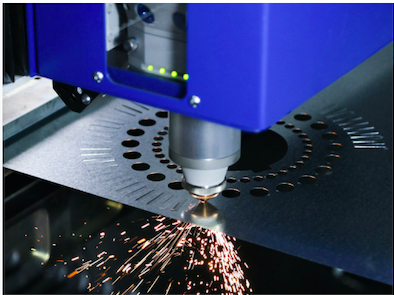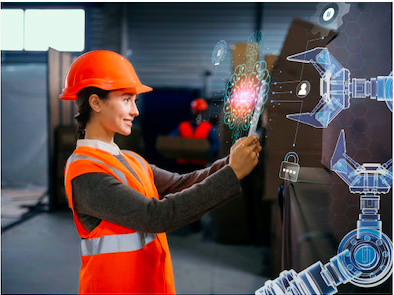Precision Laser Cutting: Maximizing Efficiency and Quality in Metal Fabrication
In the world of metal fabrication, precision is paramount. Whether you’re producing intricate parts for aerospace, automotive components, or finely detailed artwork, precision laser cutting has emerged as a cutting-edge technology that revolutionizes the industry. By combining high-precision with speed and versatility, laser cutting is transforming metal fabrication, maximizing efficiency, and ensuring the highest quality end products.
The Basics of Precision Laser Cutting
Laser cutting is a non-contact process that utilizes a high-power laser beam to precisely cut or engrave materials. In the case of metal fabrication, a focused laser beam is used to slice through metal sheets, creating intricate and precise shapes. Here are some key aspects of precision laser cutting:
Precision and Accuracy: Laser cutting machines can achieve extremely high levels of precision and accuracy, with tolerances as low as a few thousandths of an inch. This level of precision is virtually impossible to achieve consistently with traditional cutting methods.
Versatility: Laser cutting is suitable for a wide range of materials, including steel, aluminum, stainless steel, and more. It can handle both thin and thick metals, making it a versatile choice for various applications.
Speed: Laser cutting is a rapid process, with the laser beam moving quickly over the material. This high speed allows for efficient production, reducing lead times and costs.
Minimal Material Waste: Laser cutting is a non-contact method, which means there is no physical tool that wears out. This minimizes material waste and the need for frequent tool changes, making it a cost-effective choice.
Intricate Designs: Laser cutting can create highly intricate and detailed designs, making it suitable for applications where precision and aesthetics are crucial, such as decorative metalwork, jewelry, and signage.
Applications of Precision Laser Cutting
The applications of precision laser cutting in the field of metal fabrication are vast and continue to expand. Some key areas where laser cutting excels include:
Aerospace: In the aerospace industry, where precision and quality are paramount, laser cutting is used for producing aircraft components, from complex brackets to engine parts.
Automotive: Laser cutting is integral to the automotive industry for fabricating parts like chassis components, body panels, and exhaust systems.
Electronics: Precision laser cutting is crucial for manufacturing electronic components, ensuring intricate designs are produced with minimal waste.
Medical Devices: Laser cutting is employed to produce fine and precise medical instruments, implantable devices, and medical equipment components.
Architectural and Decorative Metalwork: For architectural features, decorative screens, and art installations, laser cutting allows for intricate, customized designs to be created efficiently.
Signage and Displays: Laser-cut metal is commonly used for signage and displays, producing sharp and intricate lettering and designs.
Advantages of Precision Laser Cutting
High Quality: Laser cutting provides unmatched quality and precision, resulting in clean, sharp edges and minimal burring. This ensures the final product meets or exceeds industry standards.
Efficiency: The speed and accuracy of laser cutting machines reduce production times, resulting in shorter lead times and increased efficiency.
Cost Savings: The minimal material waste and reduced need for secondary operations (like deburring) can lead to cost savings in the long run.
Customization: Laser cutting allows for easy customization, making it ideal for one-off or small-batch production runs.
Environmental Benefits: Laser cutting is a more environmentally friendly option due to reduced material waste and energy-efficient cutting processes.
Challenges and Considerations
While precision laser cutting offers numerous benefits, there are some considerations to keep in mind:
Initial Investment: Acquiring and maintaining laser cutting equipment can be a significant upfront investment.
Material Thickness: While laser cutting can handle a range of metal thicknesses, extremely thick materials may require alternative cutting methods.
Maintenance: Regular maintenance of laser cutting equipment is essential to ensure consistent high-quality results.
Material Compatibility: Some materials may not be suitable for laser cutting, or they may require additional equipment or processes.
Embracing the Future of Metal Fabrication
In the fast-evolving landscape of metal fabrication, precision laser cutting has emerged as a key technology that allows manufacturers to deliver high-quality, precise, and efficient products. Whether you’re working on aerospace components, automotive parts, or intricate art pieces, laser cutting maximizes efficiency and ensures the highest level of quality. As the technology continues to advance, it’s important for metal fabrication businesses to embrace precision laser cutting to stay competitive and meet the growing demand for precision and customization in the industry.




